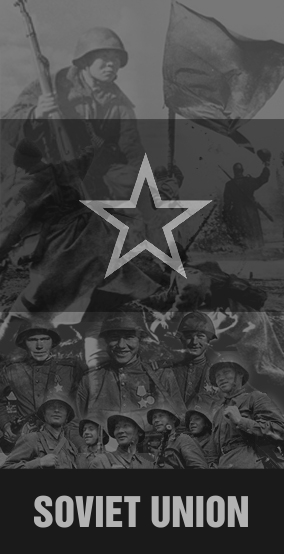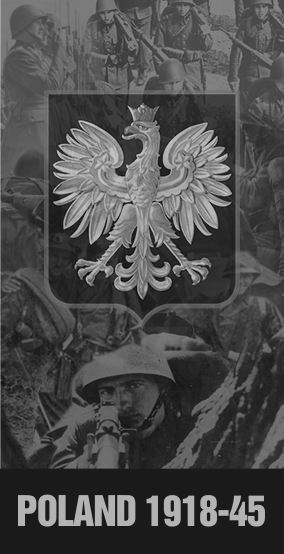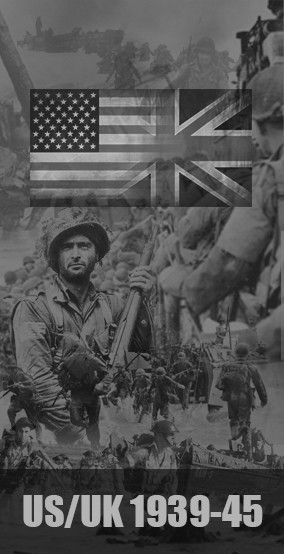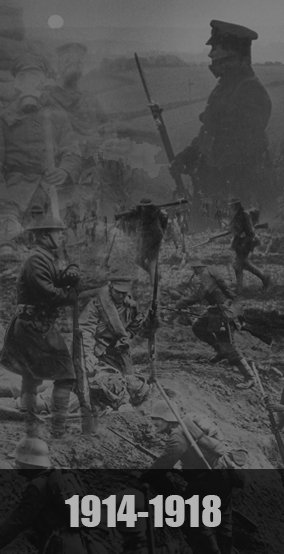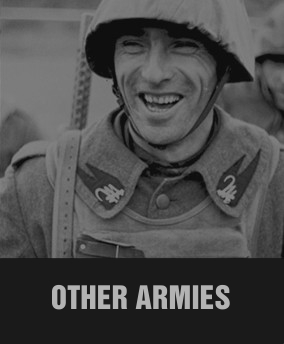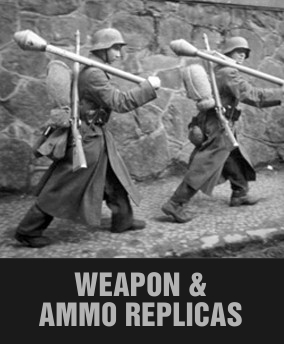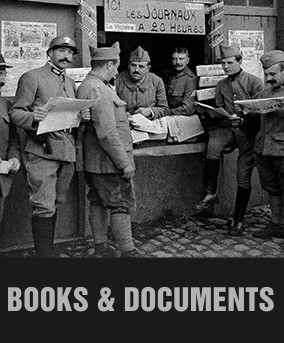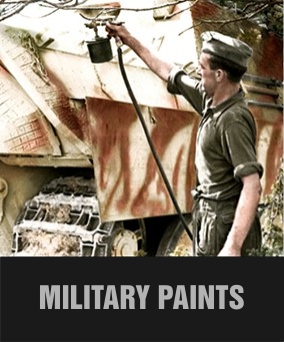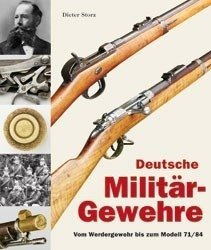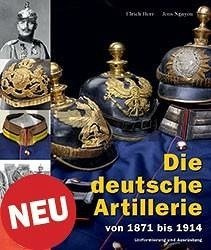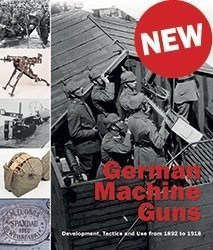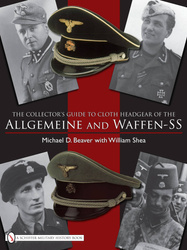A comprehensive work on German military rifles, volume II - from M88 to M91 models. The book has 400 pages, well illustrated with over 750 photos. bound in linen with protective cover. Gallery below shows example pages from the book.
Written by: Dr. Dieter Storz
ISBN: 978-3-902526-55-7 (German) or 978-3-902526-56-4 (English)
Weight: 3,50 kg
Issue info: 400 pages, over 750 colour photos, including present-day photos and illustrations, bound in linen. Size: 29.5 x 26.0 cm.
- Book is published by Verlag Militaria, highly appreciated military history publishing house.
- We send the book in 14 days after receiving the payment.
ITEM DESCRIPTION IN ENGLISH
Volume 2 of ‘German Military Rifles’ deals with the 88 and 91 model firearms of the Imperial German Army. There has been no comprehensive work based on original sources dealing with these weapons and their history before now, although they were crucial to the transition from the black powder that had been in use for centuries to the nitrocellulose powder also known as smokeless powder. This change of propellant was a quantum leap in military armament, which changed conditions on the battlefield and within a few years led to the introduction of a less colourful and therefore less conspicuous field uniform.
The introduction of a new, more powerful powder and the corresponding weapons took place under enormous time pressure so it was inevitable that there would be initial teething problems with these new products, which were not yet fully developed. There are, to this day, many notions regarding these problems that are either unclear or inaccurate. Like the 1st volume, this book is based on the extensive study of Germany’s archival material and on extant pieces in public and private collections, which has made it possible to present a detailed reconstruction of the actual circumstances.
The 88 model weapons went through two periods of usage: the first began with the hasty rearmament of the German armies around 1890 and ended with the introduction of the 98 models in the years leading up to 1914. It was during the First World War, when a serious shortage of firearms made itself felt, that many of these weapons, which had already been decommissioned, were once again taken out of the depots and reactivated. Both of these periods are covered in this book.
It would have made no sense to divide essential accessories such as cartridge pouches and bayonets, which represent their own areas of collection, between the two volumes and so both are dealt with in this second volume, which also includes chapters on the target weapons and ‘fencing’ rifles that have hitherto been neglected. This volume concludes the trilogy on Imperial (German) firearms that began with the book: ‘Rifle and Carbine 98’.
ITEM DESCRIPTION IN GERMAN
Der zweite Band des Werks „Deutsche Militärgewehre“ ist den Schußwaffen 88 und 91 des deutschen Reichsheeres gewidmet. Eine umfassende, quellengestützte Darstellung dieser Waffen und ihrer Geschichte fehlt bis jetzt. Mit ihnen vollzog die Armee den Übergang vom seit Jahrhunderten gebräuchlichen Schwarzpulver zum Nitrozellulosepulver, auch als rauchschwaches oder gar rauchloses Pulver bezeichnet. Damit ist schon seine wesentlichste Eigenschaft bezeichnet. Dieser Wechsel des Treibmittels bedeutete einen Quantensprung in der militärischen Bewaffnung, veränderte die Bedingungen auf dem Gefechtsfeld grundlegend und erzwang binnen weniger Jahre die Einführung farblich unauffälliger Felduniformen.
Die Einführung des neuen, zugleich leistungsstärkeren Pulvers und der dazugehörigen Waffen erfolgte unter großem Zeitdruck. Dabei konnte es nicht ausbleiben, daß die neuen, noch unausgereiften Produkte unter einer Reihe von Kinderkrankheiten litten. Bis heute halten sich über Art und Umfang dieser Probleme recht unklare, teilweise unzutreffende Vorstellungen. Dieser Band stützt sich wie seine Vorgänger auf intensive Studien in deutschen Archiven und namhaften öffentlichen und privaten Sammlungen. Dadurch wird es möglich, die tatsächlichen Verhältnisse detailliert zu rekonstruieren.
Gewehre 88 erlebten zwei Nutzungsperioden: Die erste begann mit der schlagartigen Umrüstung der deutschen Armeen um 1890 und gelangte mit der Umrüstung auf Schußwaffen 98 in den Jahren vor 1914 an ihr Ende. Als aber im Ersten Weltkrieg ein empfindlicher Mangel an Handfeuerwaffen auftrat, wurden viele der schon ausgemusterten Waffen wieder aus den Depots geholt und reaktiviert. Beide Wege werden hier nachgezeichnet.
Es wäre nicht sinnvoll gewesen, die Darstellung zentraler Zubehörgruppen wie Patronentaschen und Seitengewehre, die ihrerseits eigene Sammlungsgebiete darstellen, auf die beiden Bände dieses Werks aufzuteilen, weshalb sie hier geschlossen zur Darstellung kommen. Auch die Kapitel über Zielwaffen und Fechtgewehre, zu denen es bisher noch keine Darstellung gibt, wurden in diesen Teilband integriert. Damit ist die mit dem Buch „Gewehr und Karabiner 98“ begonnene Trilogie der Langwaffen des deutschen Kaiserreichs abgeschlossen.



